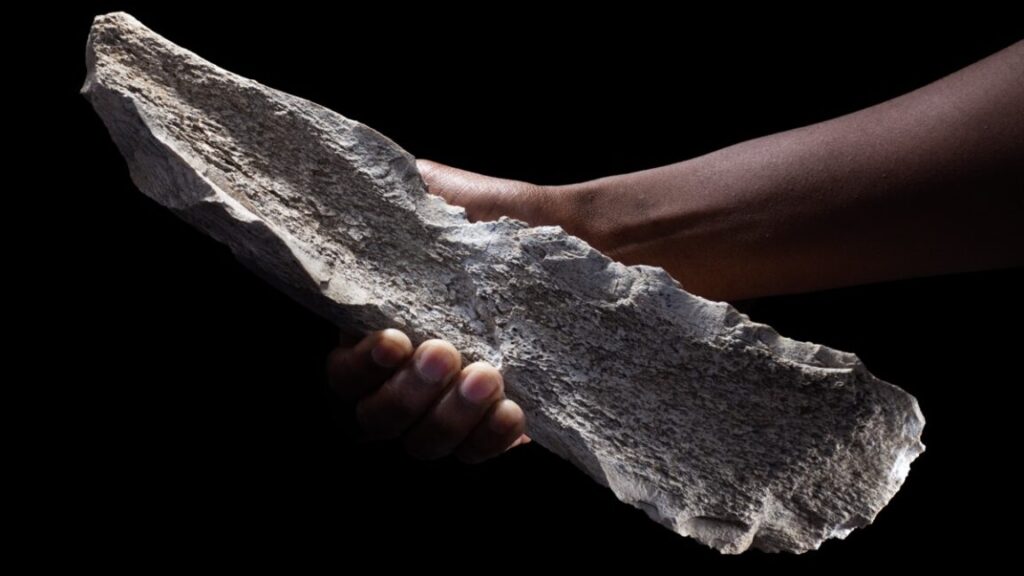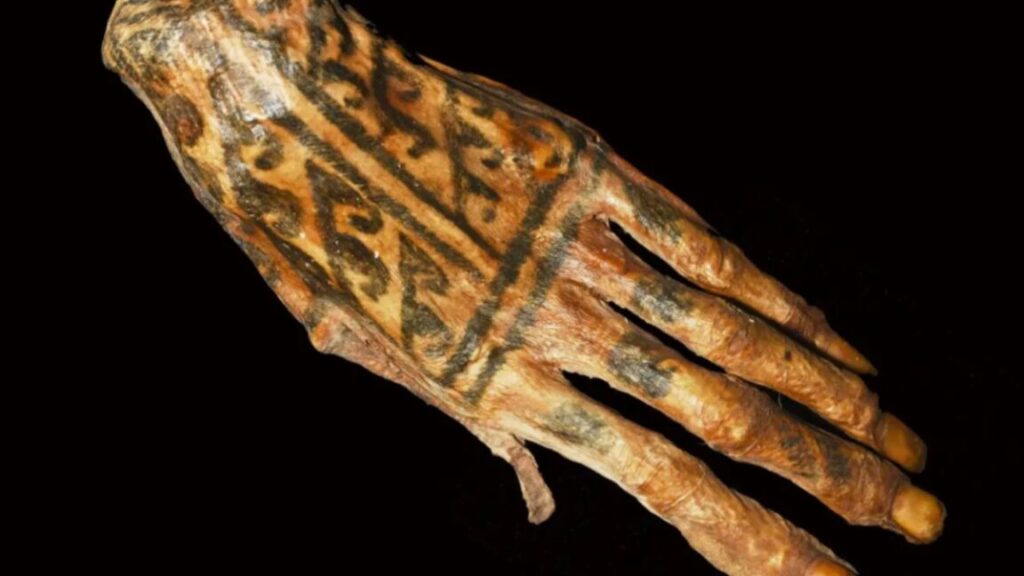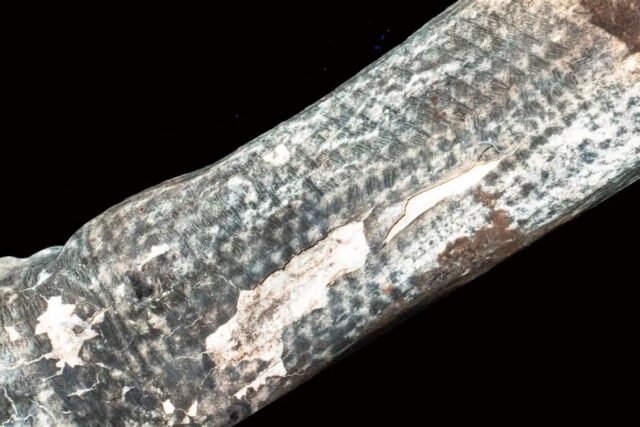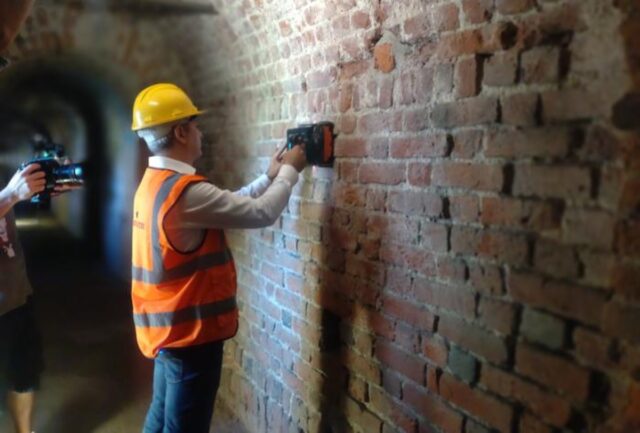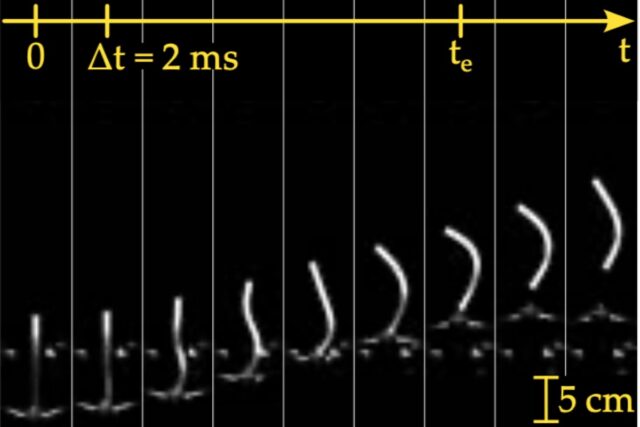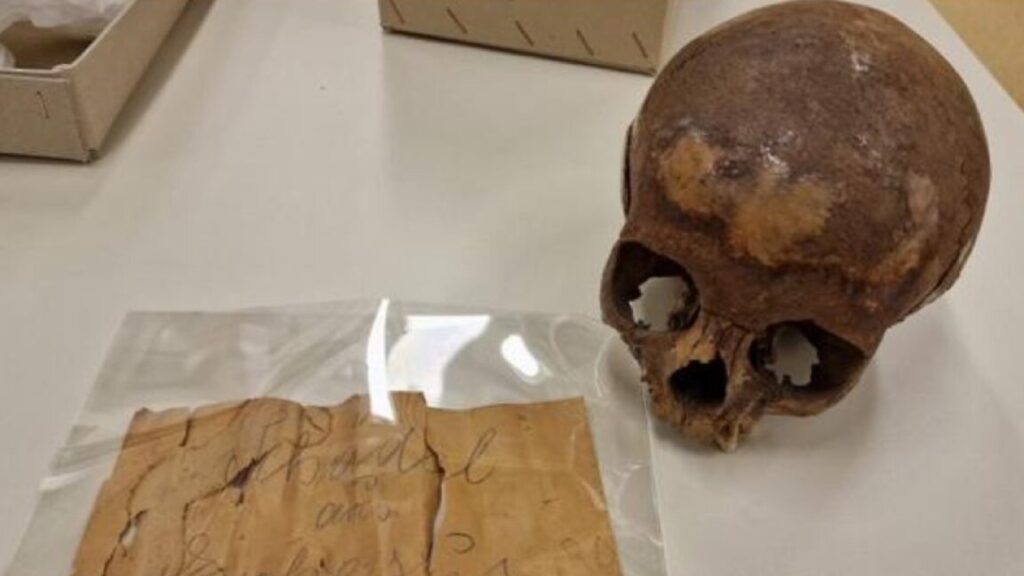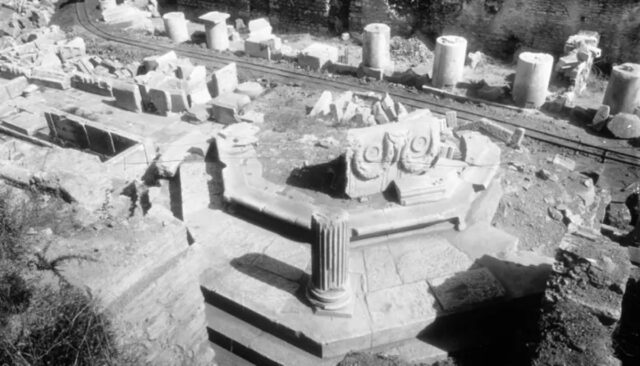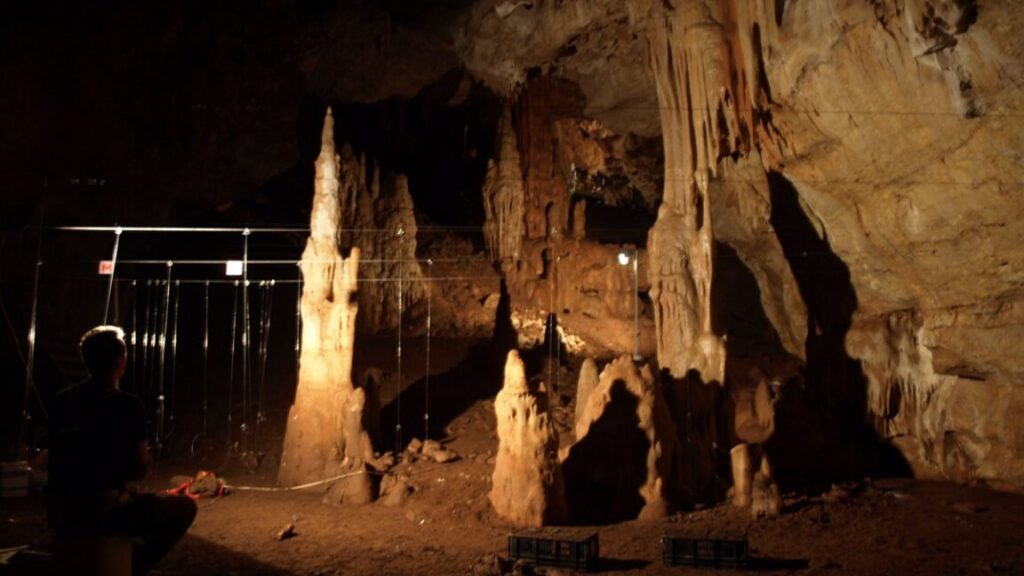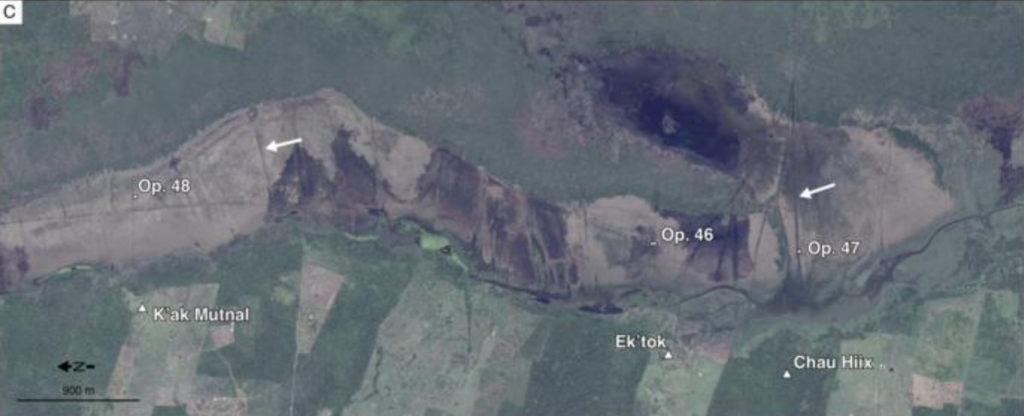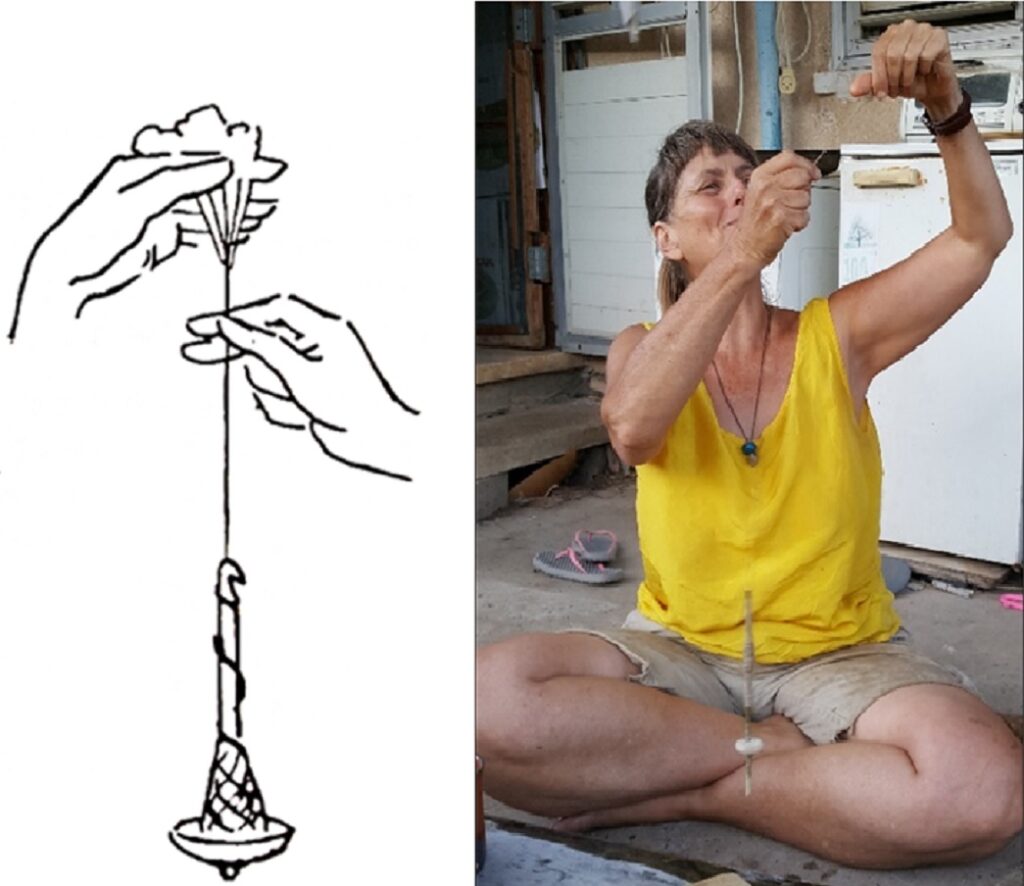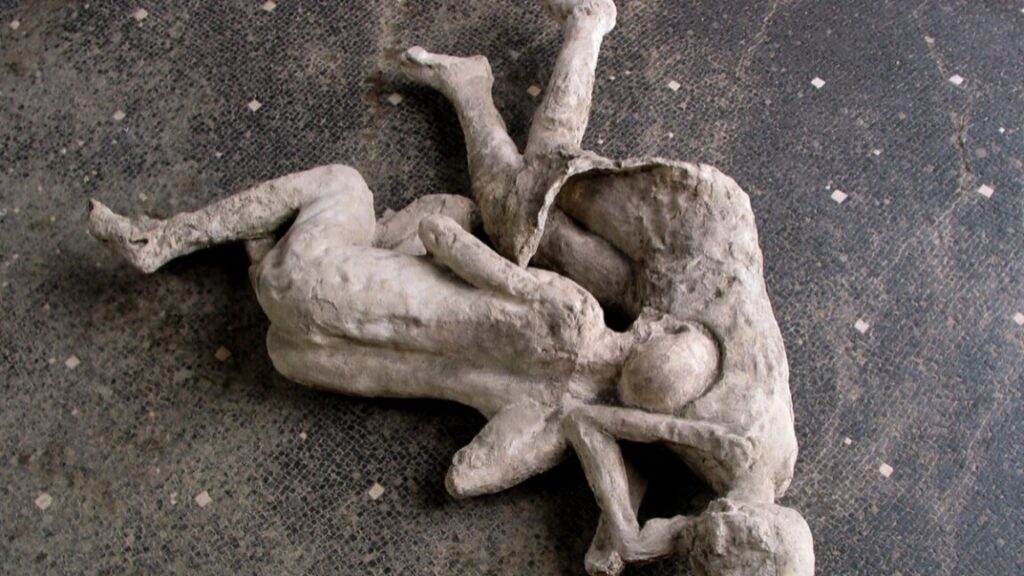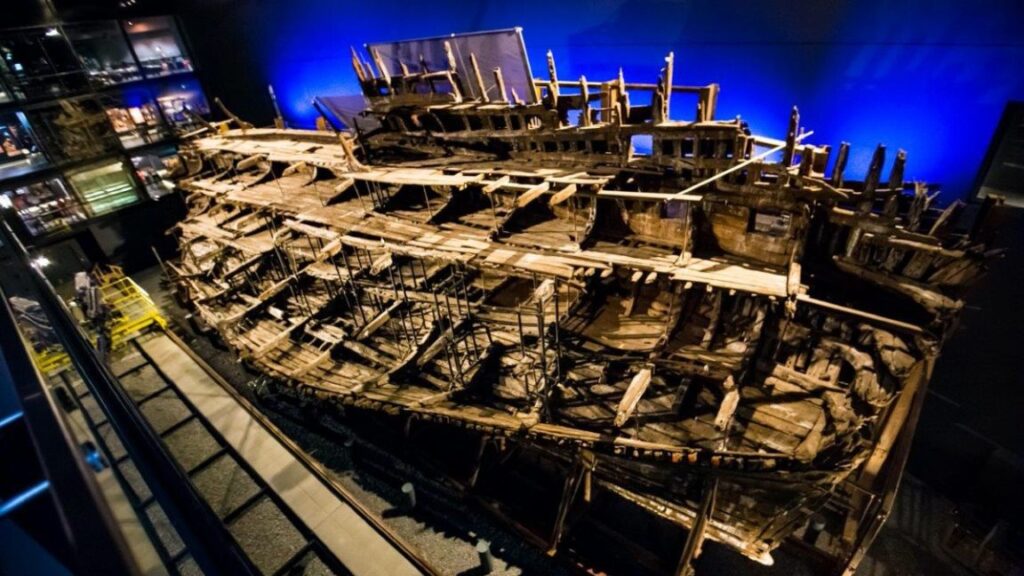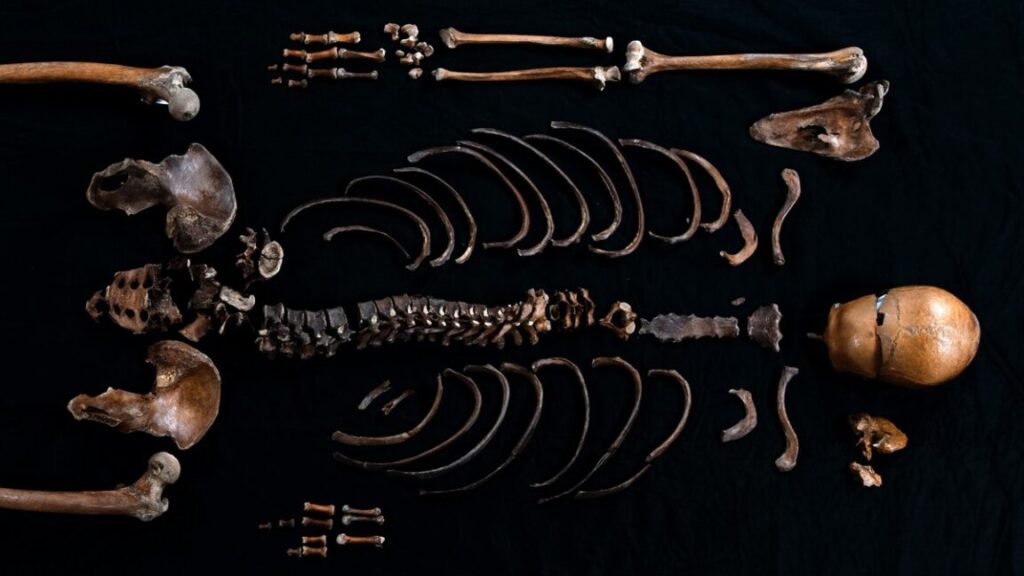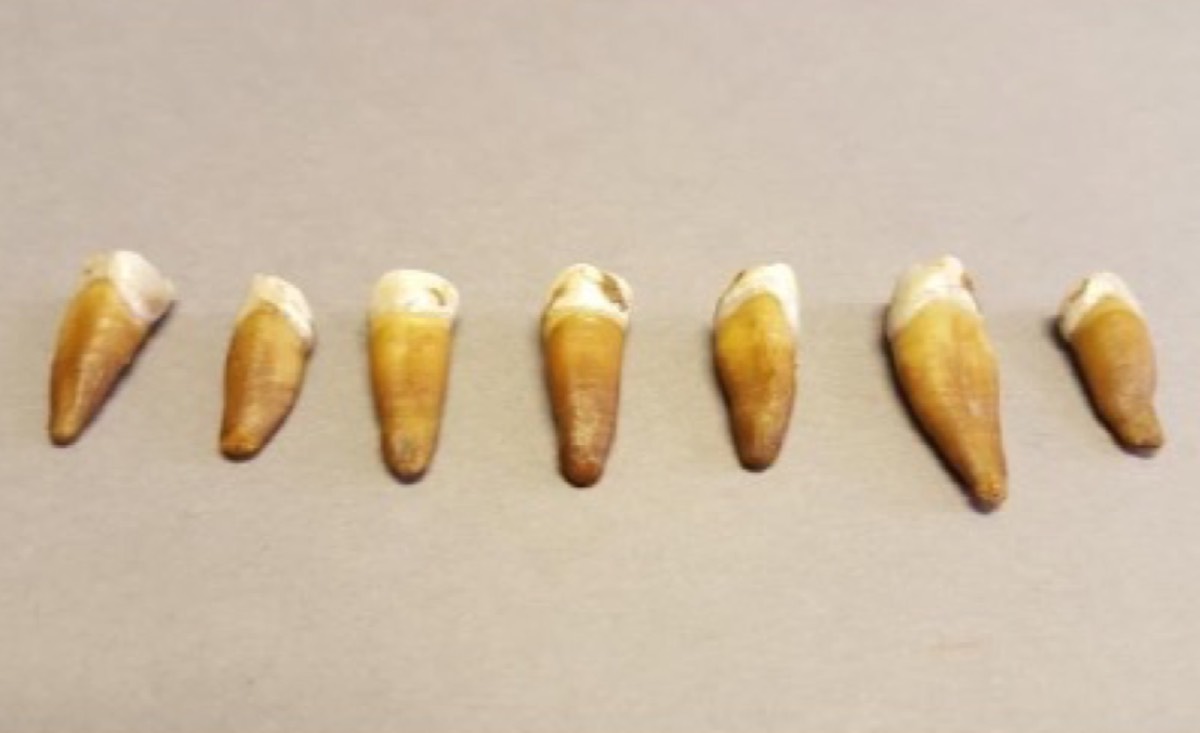Prehistoric bone tool cache suggests advanced reasoning in early hominins
A prehistoric bone tool “factory”
Credit: CSIC
Bone tools shaped by knapping, however, were much rarer until about 500,000 years ago, according to Peters and her fellow authors, making it challenging to identify consistent behaviors in the making and use of such tools. That is now changing with the discovery of a bone tool collection at the T69 Complex at Olduvai Gorge, specifically seven trenches excavated between 2015 and 2022. In addition to over 10,000 stone tools, there were abundant fish, crocodile, and hippopotamus remains, as well as those of elephants and rhinoceroses.
Among all the fossils and bone fragments, the authors identified 27 specimens that were clearly bone tools, evidenced by signs of intentional flake removal, shaping, and modification of bone edges to produce an elongated shape. The authors acknowledge that other non-intentional factors can cause such flaking, particularly the gnawing of carnivores. But carnivores made up less than 1 percent of the identified animal remains at the site and the 27 specimens did not show clear signs of such gnawing.
It seems the hominins who made the bone tools carefully selected the bones of large mammals, most commonly elephant and hippopotamus. “Precise anatomical knowledge and understanding of bone morphology are suggested by preference given to thick limb bones and the application of recurrent flaking procedures,” the authors wrote. These large, heavy bone tools may have been later replaced by larger stone tools, which might explain why they became so rare after the emergence of systemically produced lithic hand axes.
“This discovery leads us to assume that early humans significantly expanded their technological options, which until then were limited to the production of stone tools and now allowed new raw materials to be incorporated into the repertoire of potential artifacts,” said co-author Ignacio de la Torre of the CSIC-Spanish National Research Council. “At the same time, this expansion of technological potential indicates advances in the cognitive abilities and mental structures of these hominins, who knew how to incorporate technical innovations by adapting their knowledge of stone work to the manipulation of bone remains.”
Nature, 2025. DOI: 10.1038/s41586-025-08652-5 (About DOIs).
Prehistoric bone tool cache suggests advanced reasoning in early hominins Read More »
